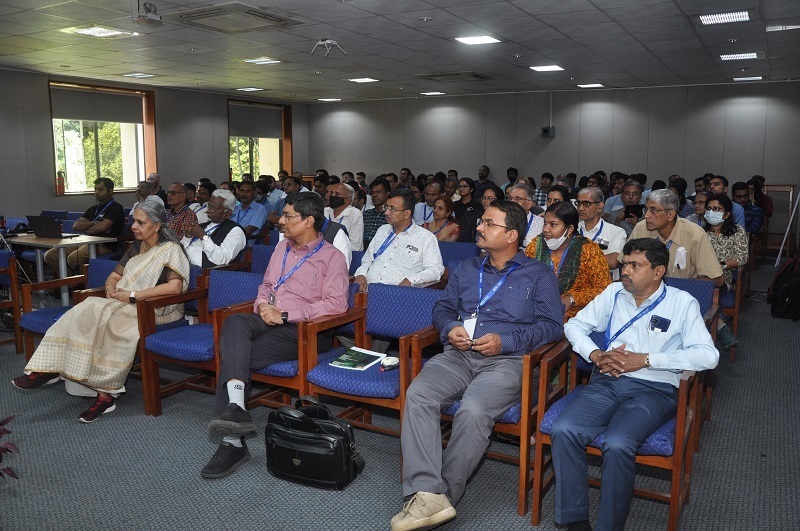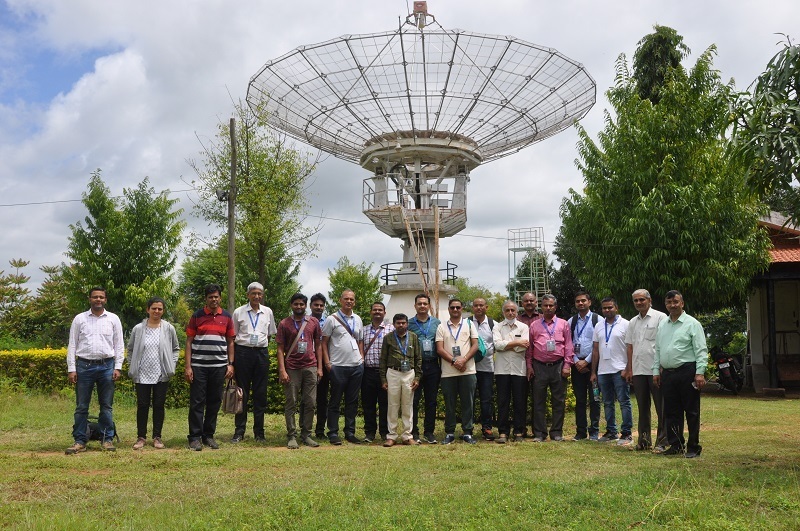Chairman, ISRO Shri S. Somanath, highlighted several futuristic disruptive technologies that ISRO is working on to take the country into the world of emerging space technologies at a special Engineer's Day lecture.
“Some of these technologies are reusable rockets, autonomous scramjets, electric propulsion, preparations for human space flight, eco-friendly green fuels, and composite materials touching every field in modern engineering,” Shri Somanath said at the lecture organised by the Indian Institute of Astrophysics (IIA) to commemorate the birthday of Sir Mokshagundam Vishveshwarayya, the Eminent Engineer-Statesman of India.

The lecture was broadcast online on the YouTube channel of IIA during the 3-day conference from 14-16 September on Modern Engineering Trends in Astronomy (META-2022), which brought together engineers and scientists who design and build instruments for astronomy research at the IIA campus, Bengaluru. IIA had organised the third META conference in collaboration with NCRA-TIFR, ARIES, and RRI.
It provided a common platform for engineers and scientists to share their expertise and discuss recent trends in building instruments for astronomy in the country. More than 180 registered participants from across the country attended the conference. The conference featured around 40 technical talks and 15 posters from the attendees. Some of these were on astronomy facilities that are operational in India and are being upgraded, like IIA's observatories in Ladakh, Kavalur, Kodaikanal, and Gauribidanur, Giant Metrewave Radio Telescope of NCRA-TIFR in Pune, and the Devasthal Optical Telescope of ARIES. Talks were organised on upcoming projects that the institutes are involved in, like the international Thirty Metre Telescope, the payloads for the ADITYA-L1 space mission to be launched by ISRO, and the National Large Solar Telescope of IIA.

Engineers, including many students pursuing their PhDs, also presented talks on proposed space missions like the Indian Spectroscopic Imaging Space Telescope or INSIST and Spectroscopic Investigator of Nebular Gas or SING. The talks covered the latest work in topics from optical and mechanical engineering to electronics and computation. These students are a part of the unique M.Tech-Ph.D. program in Astronomy Instrumentation that is run by IIA along with the University of Calcutta. The conference attendees also visited the Gauribidanur Radio Observatory, that is run jointly by IIA and RRI.
A special lecture was delivered by Glen Cole from the Thirty Metre Telescope project in USA on the complex manufacturing process of the mirrors for the James Webb Space Telescope. The conference also felicitated Shri Dorje Angchuk, Engineer-in-charge of IIA's Indian Astronomical Observatory in Ladakh, for becoming an Honorary Member of the International Astronomical Union.






























